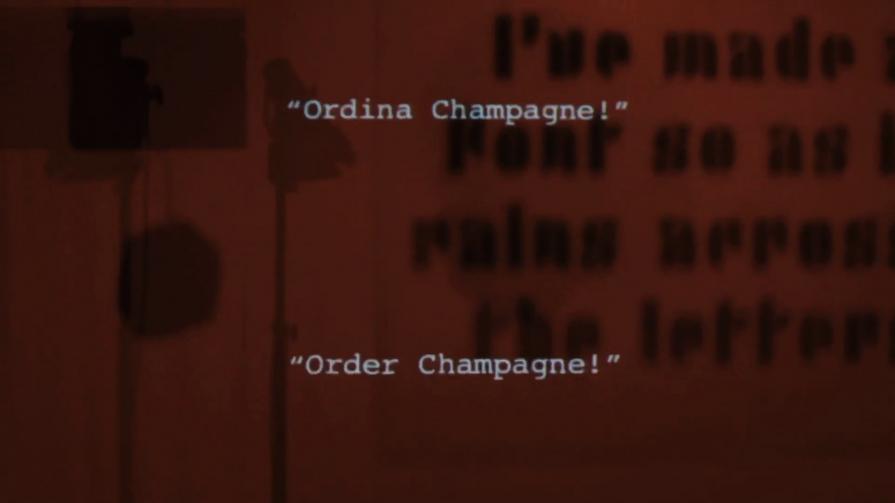
squares do not (normally) appear in nature
PROJECT
Squares do not (normally) appear in nature confronts the audience with an aural and visual space: 13 experiments of sound and vision without the use of performers. The work’s basis is the awareness of colours via certain protagonists: light, mist, glass, font and image. This is akin to how apparently abstract themes are the actors of Josef Albers’s research of reality.
In the Oxford English Dictionary, abstract has nine definitions, of which the most applicable is 4.a.: “Withdrawn or separated from matter, from material embodiment […]. Opposite to concrete.” From the Latin, abstractus means ‘drawn away’. In visual arts, the sense of abstract painting is a composition with a certain or total degree of independence from the real world. This action of drawing away is the key aspect of this work, This action is further underscored when taken together with the questioning of how theatre redefines itself by apparently drawing away an action. What is left?
The piece builds on how Albers himself drew away when he left the Bauhaus for America. He was not only traveling across the Atlantic to a new life in the US, but also to a deeper kind of observation--one that brought him to the essence of how the world and objects are built and thus perceived.
Observation is connected to the physical action of seeing. Albers’s words and criteria, as much as his materials--his palette and his objects--visually connect the audience to a renewed kind of narration. A slowed down narration, which brings the audience to terms with unfamiliar references and his/her own predisposition to open eyes. An attitude that Albers has already envisaged with his work. Perception, as Albers conceived it in his teaching, from the years of Bauhaus to Black Mountain College and Yale, is now on stage.
Squares do not (normally) appear in nature is a line by Albers himself, and the project is first of all an invitation to hear, see and spend time. As the title suggests, this work also regards nature and what normally doesn’t appear in it. In particular, the performance dramatizes abstract effects by staging natural phenomena such as rainbows and the northern lights. This specific choice deconstructs the misleading convention that abstract art is too impersonal or cold. No wonder that Elaine de Kooning noted “however impersonal his paintings might at first appear, not one of them could have been painted by any one but Josef Albers himself” .
CREDITS
by OHT | Office for a Human Theatre
concept and directing by Filippo Andreatta
scientific research Chiara Spangaro
mechanical movements and wonder Paola Villani
set-design Filippo Andreatta, Paola Villani
music staging by Roberto Rettura
song “ala” by Matteo Nasini
with the support of The Josef and Anni Albers Foundation, Bethany (CT), USA
production OHT, Provincia Autonoma di Trento
in collaboration with MART museum of modern and contemporary art, Regione Trentino Alto-Adige, Comunità di Valle della Vallagarina, PuntoLuce sas
artistic residency Centrale Fies, Albers Foundation
thanks to Barbara Boninsegna, Annalisa Casagranda, Brenda Danilowitz, Fritz Horstman, Alessandra Klimciuk, Nick Murphy, Giacomo Raffaelli, Jeannette Redensek, Nicholas Fox Weber
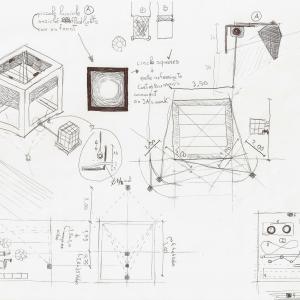
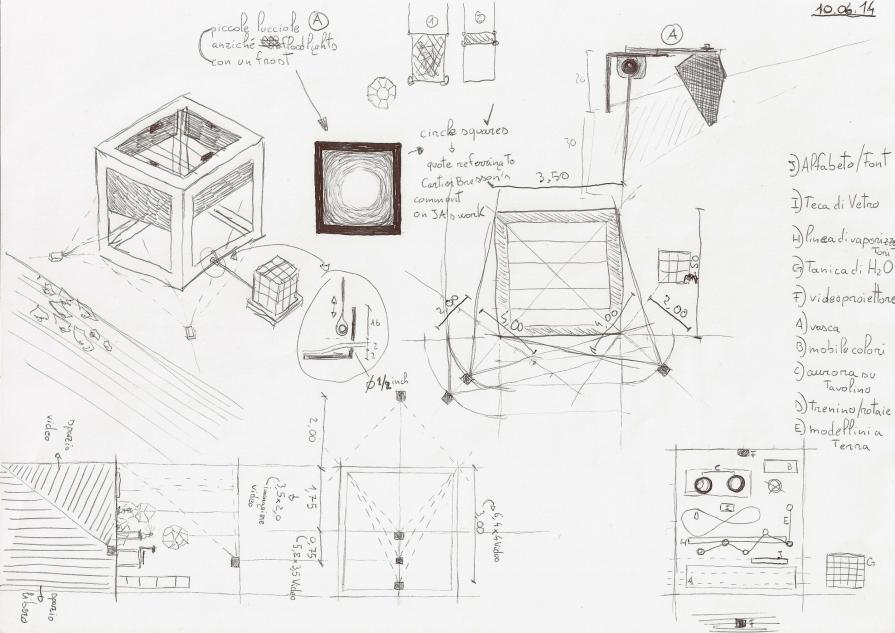
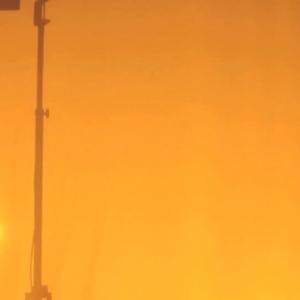
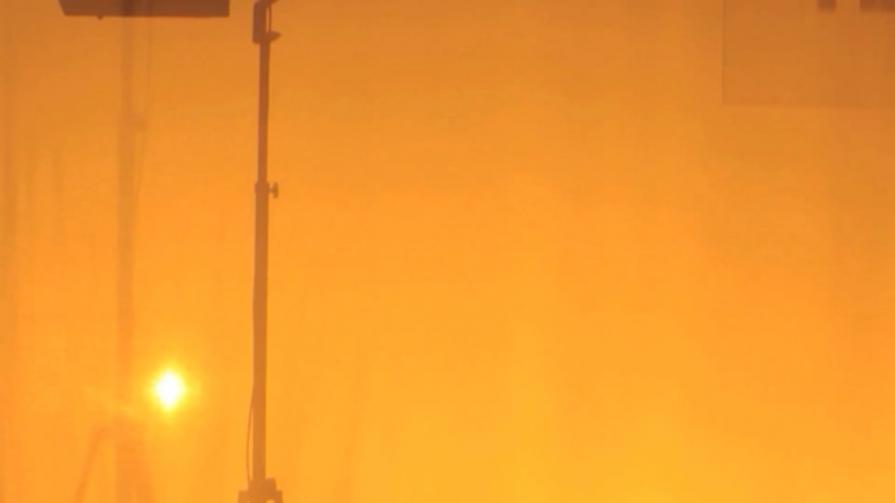
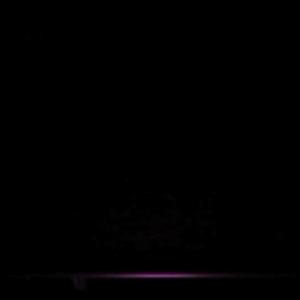
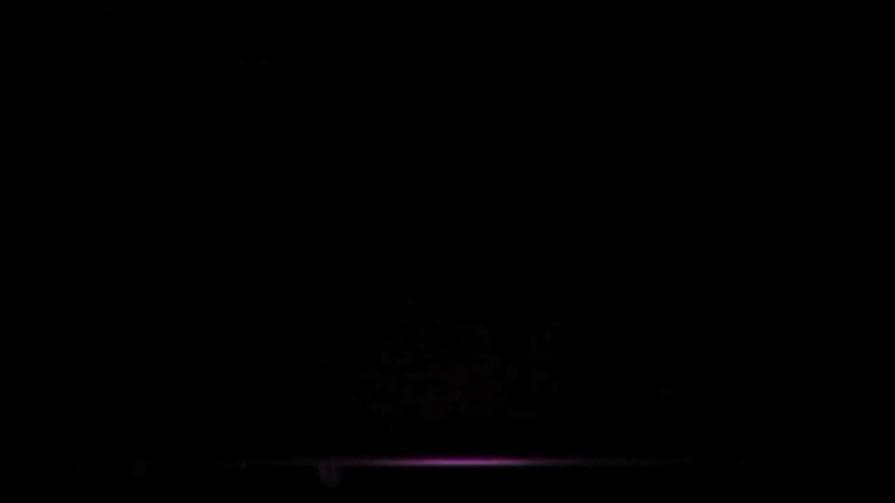

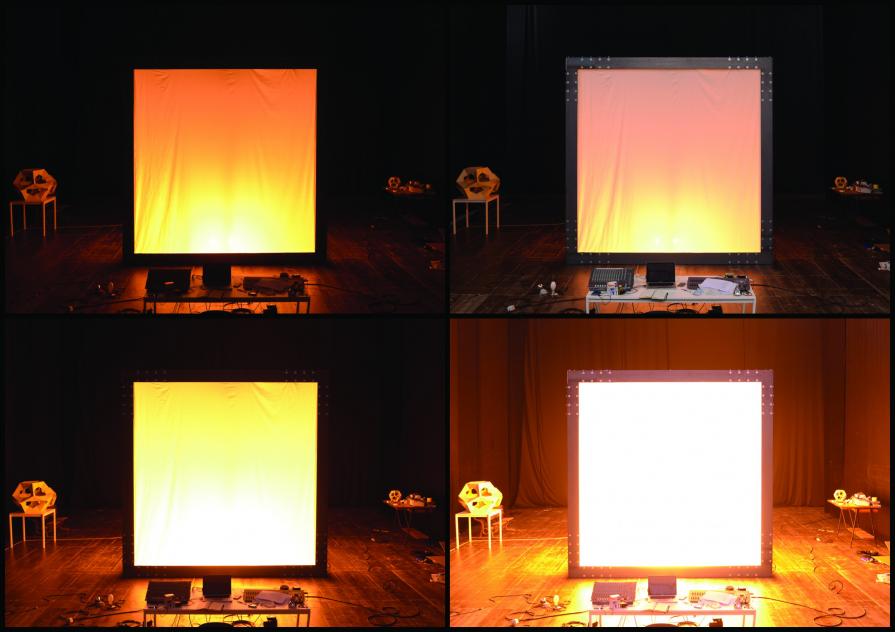
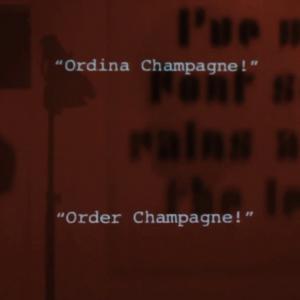
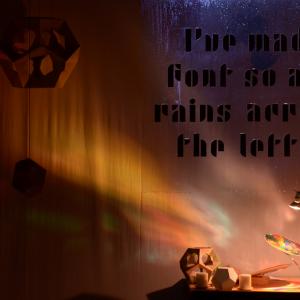
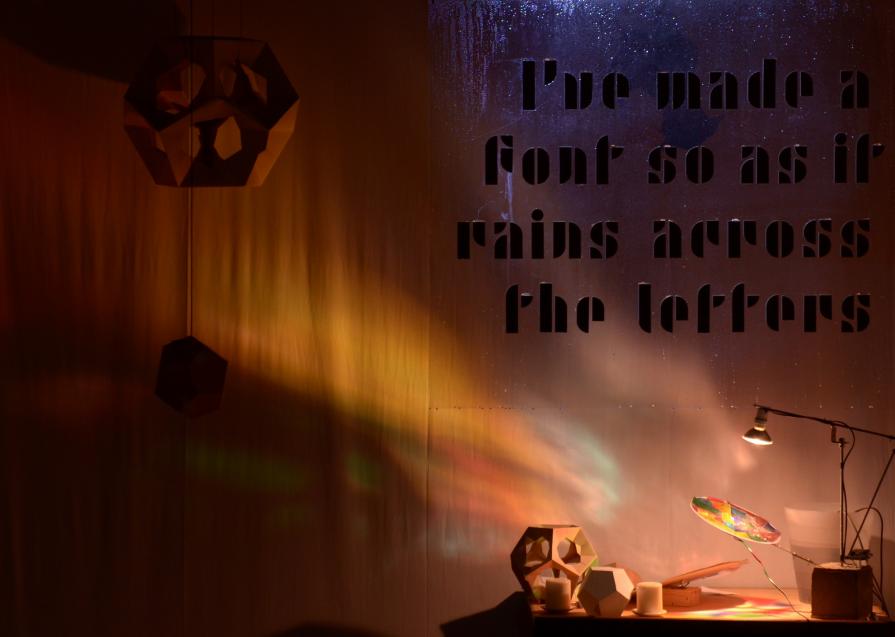
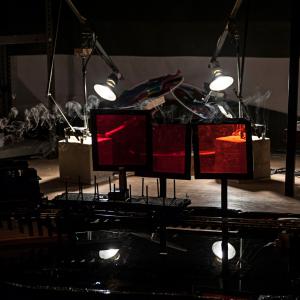
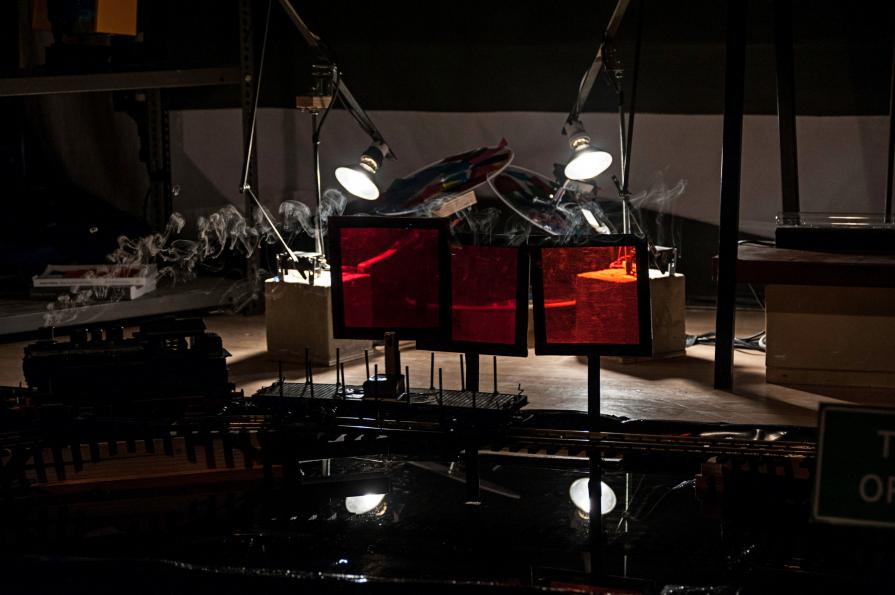
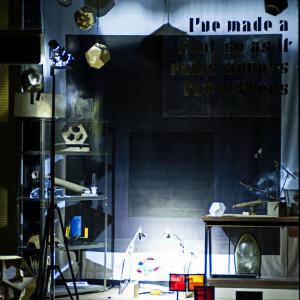
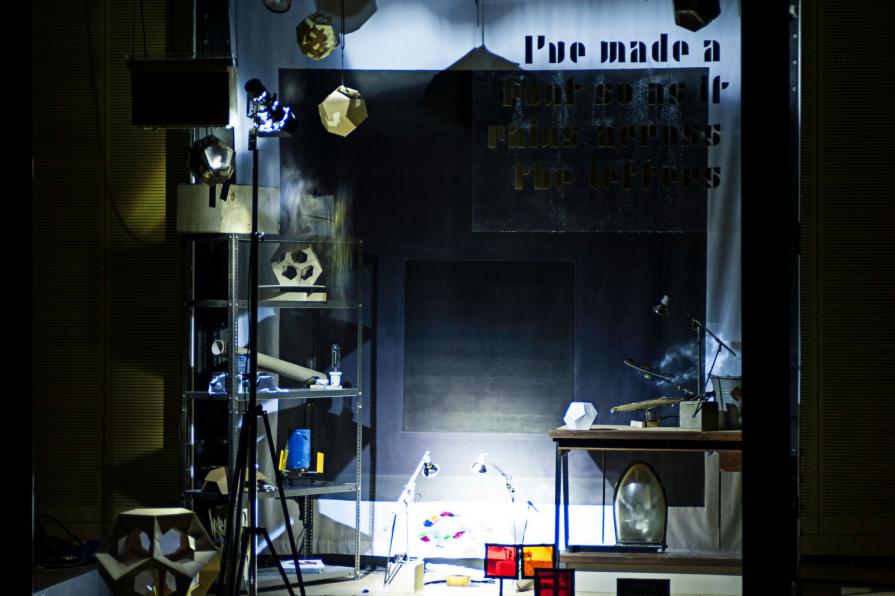
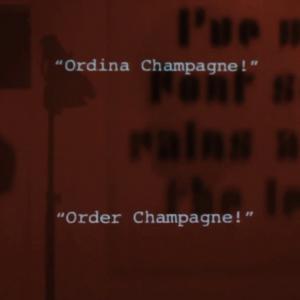









Commenti 0
Inserisci commento